1. Front Porches
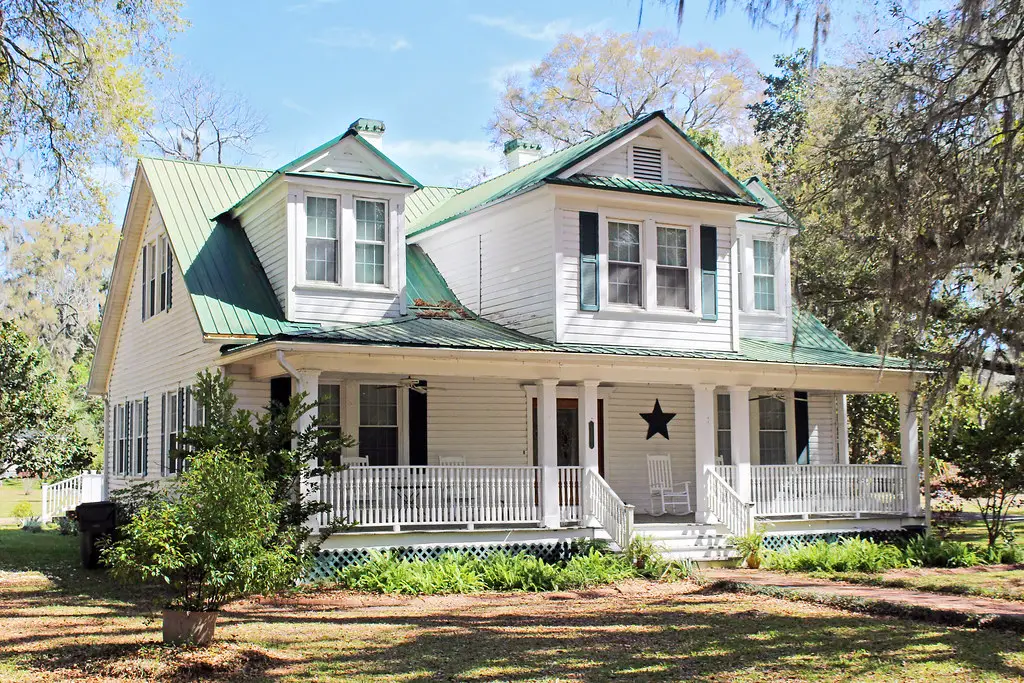
The iconic front porch, once a staple of suburban and rural homes, is rapidly disappearing as modern design trends and a growing desire for privacy take precedence. Enclosed spaces and backyards are now preferred, reducing the charm and social interaction that front porches once fostered. The New York Times notes that the decline of front porches is tied to the trend of creating more private and functional spaces within homes, reflecting broader societal changes. These front porches once served as meeting spots for neighbors, offering a place to chat, relax, and build a sense of community. However, today’s homeowners are opting for features like larger, more private patios or indoor living spaces instead.
This shift also mirrors the trend toward more closed-off suburban developments, where homes are built further apart, making casual, spontaneous interactions less common. As this change takes root, the quaintness and warmth associated with front porches are becoming nostalgic memories of a bygone era. The decline of front porches represents a shift in how we approach architecture, privacy, and community connection.
2. Corner Stores
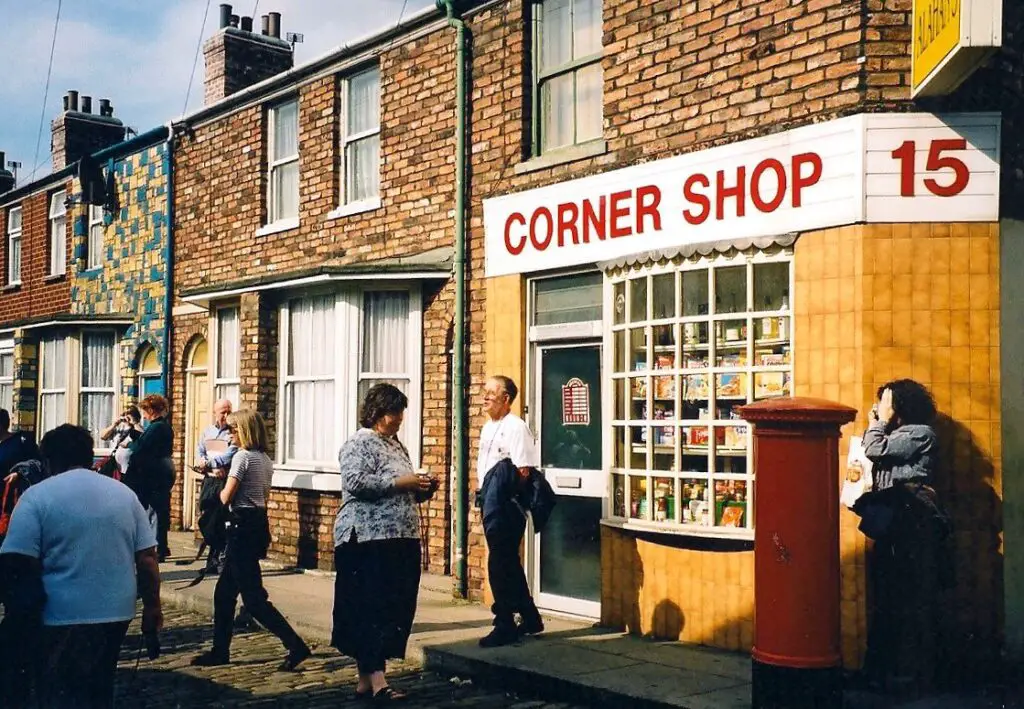
Once a cornerstone of neighborhood life, small, family-run corner stores are increasingly being replaced by larger chain retailers, altering the local dynamics of communities. These once-vibrant stores, often with a distinct personality and deep ties to their neighborhoods, are giving way to corporate giants that prioritize efficiency over connection. The Atlantic explains that the disappearance of corner stores means a loss of personalized service and the intimate sense of community these shops once fostered. In many neighborhoods, these stores were the heart of daily life, where residents could pick up necessities, share news, or engage in light conversation.
As commercial spaces become homogenized by large corporations, the unique flavor that corner stores brought to local communities diminishes. The charm and nostalgia that came with these small businesses are fading as bigger retailers focus on convenience rather than connection. The trend towards chain retail has reshaped the landscape of local commerce, leading to the erosion of a rich cultural tradition. The loss of corner stores marks a significant shift in the way we interact with our local environments and the businesses that once helped define them.
3. Community Bulletin Boards
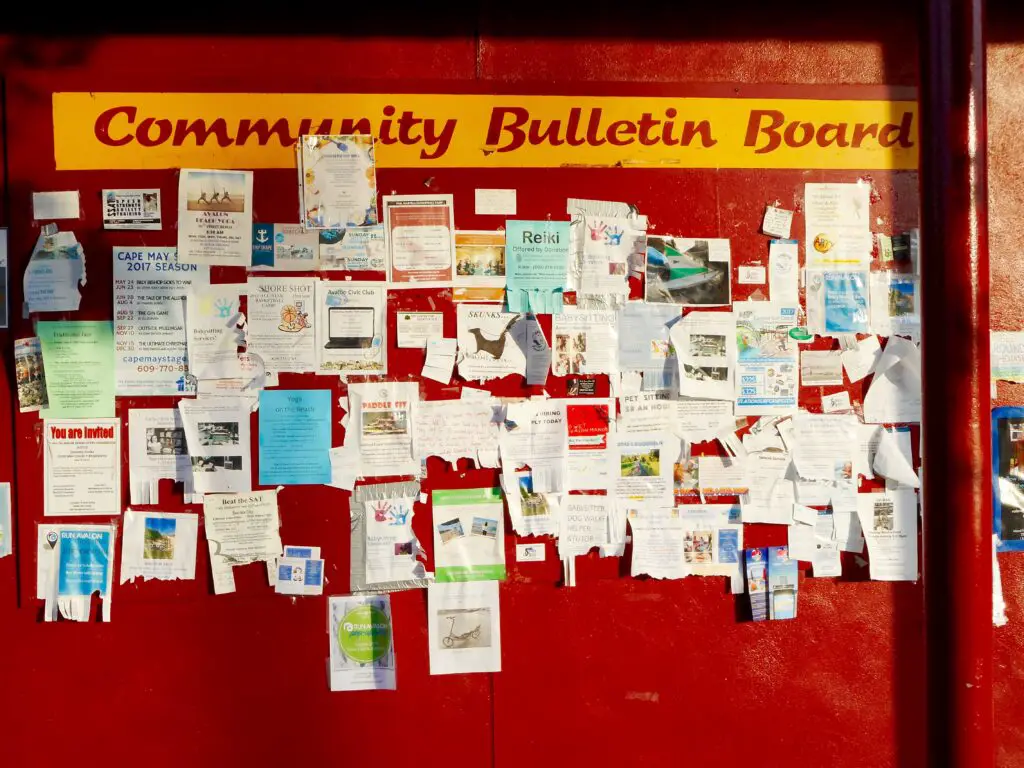
With the rise of digital platforms like Nextdoor, physical community bulletin boards are becoming a relic of the past. These boards, once the go-to place for local updates and neighborhood news, are now largely irrelevant in a world where information is shared instantly online. Pew Research Center reports that this digital shift reflects the growing reliance on technology for community interaction and information-sharing. Bulletin boards in libraries, grocery stores, and coffee shops once provided a physical space for neighbors to communicate about local events, job opportunities, and social gatherings.
However, as more people engage with digital platforms, the need for physical community noticeboards has sharply decreased. Digital platforms offer a more immediate and expansive reach, allowing users to post and access information from the comfort of their own homes. As a result, the community bulletin board has become a quaint relic of a slower, more localized era. This shift represents a broader societal trend toward virtual interactions, replacing physical spaces with online alternatives that are increasingly shaping the way we connect with one another.
4. Tree-Lined Streets
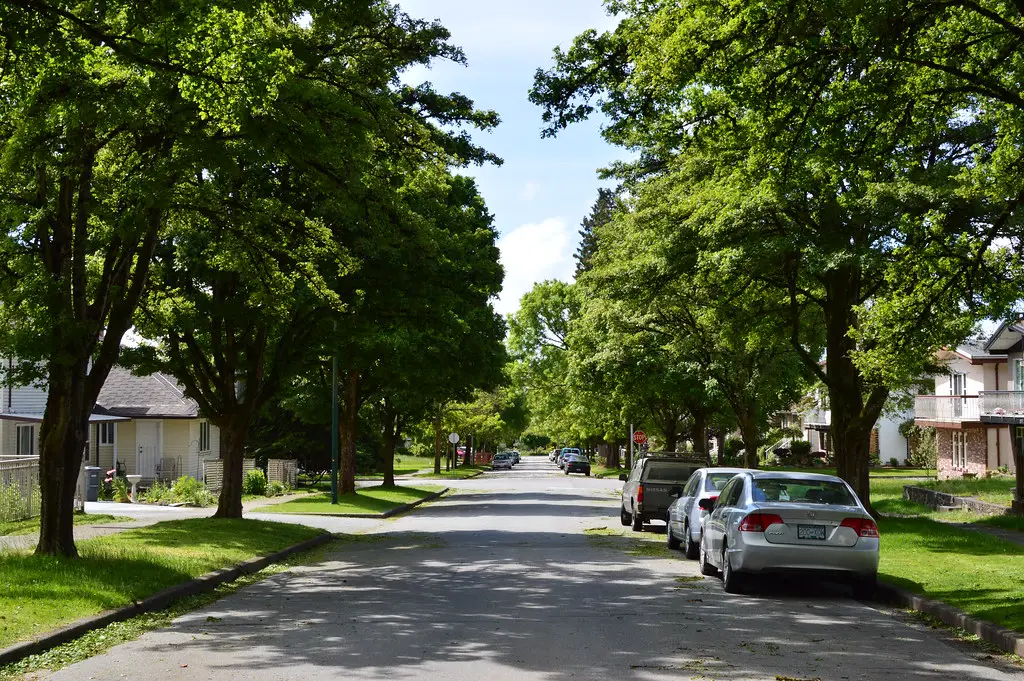
Urban development and climate change are taking a toll on once-beautiful tree-lined streets, which provided both shade and aesthetic appeal to neighborhoods. National Geographic warns that the loss of these green spaces not only impacts the environment but also the character of our cities and towns. Tree-lined streets were once a hallmark of many neighborhoods, offering cooling shade during hot summers and providing a buffer from the hustle and bustle of urban life. However, as cities expand and developers prioritize space for new construction, these green corridors are becoming less common.
The rise in extreme weather events linked to climate change has also made urban trees more vulnerable, with many succumbing to storms, pests, and disease. National Geographic emphasizes that the decline of tree-lined streets can have long-term environmental consequences, from reduced air quality to the loss of habitat for local wildlife. As cities continue to prioritize development over environmental preservation, the charming tree-lined streets of the past may become increasingly rare. The loss of these green spaces not only affects the ecological balance of urban areas but also changes the way we experience and interact with our surroundings.
5. Independent Bookstores
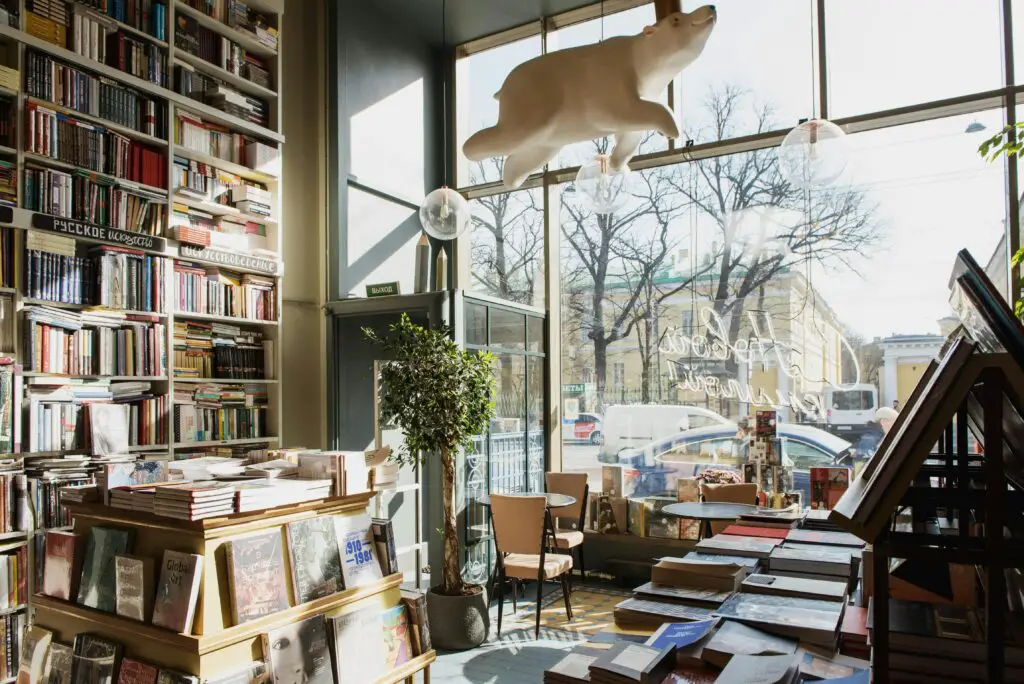
Independent bookstores, once cherished cultural hubs, are rapidly closing their doors due to the rise of e-commerce and the popularity of digital books. Publishers Weekly laments that these beloved stores, which once fostered a strong sense of community and intellectual exchange, are becoming harder to find. The convenience of online shopping and the growth of digital reading options have made it more difficult for small, independent bookstores to compete with industry giants like Amazon. Many independent booksellers have struggled to keep up with the changing retail landscape, facing high rent prices and declining foot traffic as more people turn to digital formats.
Publishers Weekly highlights the impact this trend has on local culture, as independent bookstores were often gathering spots for book lovers, authors, and community members. The loss of these spaces is not just economic but cultural, as independent bookstores have long played a key role in supporting local writers and fostering intellectual dialogue. As the retail environment shifts, the unique appeal of these small businesses fades, leaving behind a void in the literary landscape. The closure of independent bookstores marks a broader trend of cultural shifts, with larger, more homogenized retailers taking over the spaces once filled by these intimate and community-focused stores.
6. Classic Lampposts
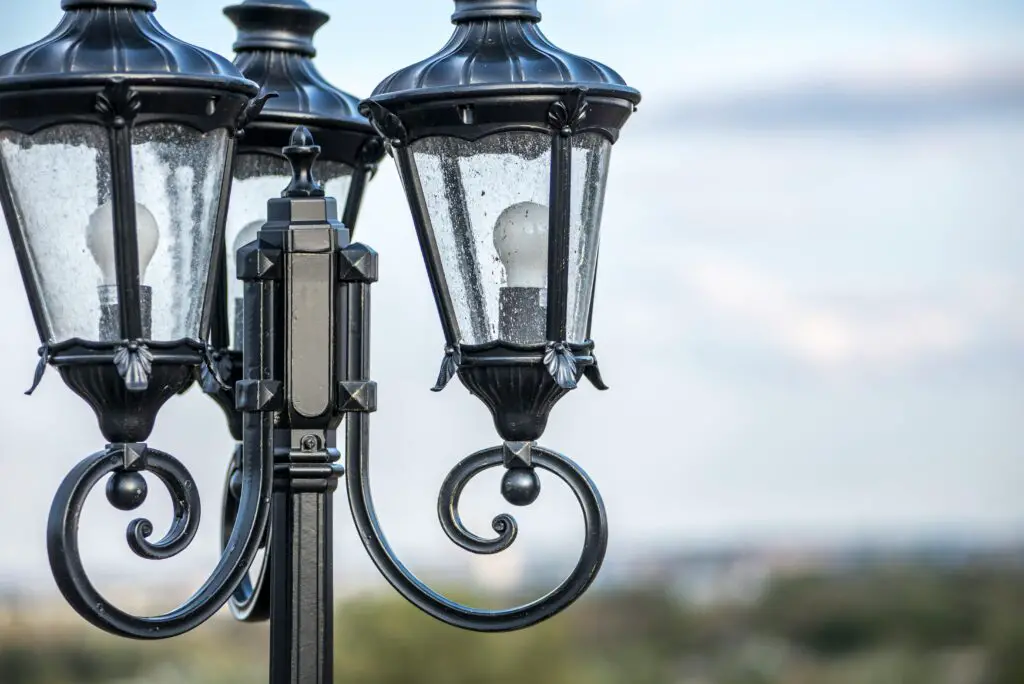
Ornate lampposts that once added character to neighborhoods are being replaced by modern, utilitarian designs that prioritize efficiency over charm. Smithsonian Magazine discusses how this shift away from decorative street lighting is impacting the nostalgic ambiance of historic districts. These classic lampposts, often made from cast iron or brass, were not only functional but also designed to complement the architectural beauty of older cities. In many areas, these vintage lights have been swapped for more uniform, mass-produced designs that lack the unique craftsmanship and aesthetic value of their predecessors.
As urban areas modernize, the desire for practical, cost-effective solutions has led to the replacement of these ornamental features. However, the loss of classic lampposts means the erosion of an important visual and historical element that contributed to a city’s identity. While new lighting designs serve the practical needs of modern cities, they lack the personal touch and sense of history that classic lampposts provided. This change represents a broader trend of moving away from personalized, unique design elements in favor of uniformity and functionality.
7. Local Diners
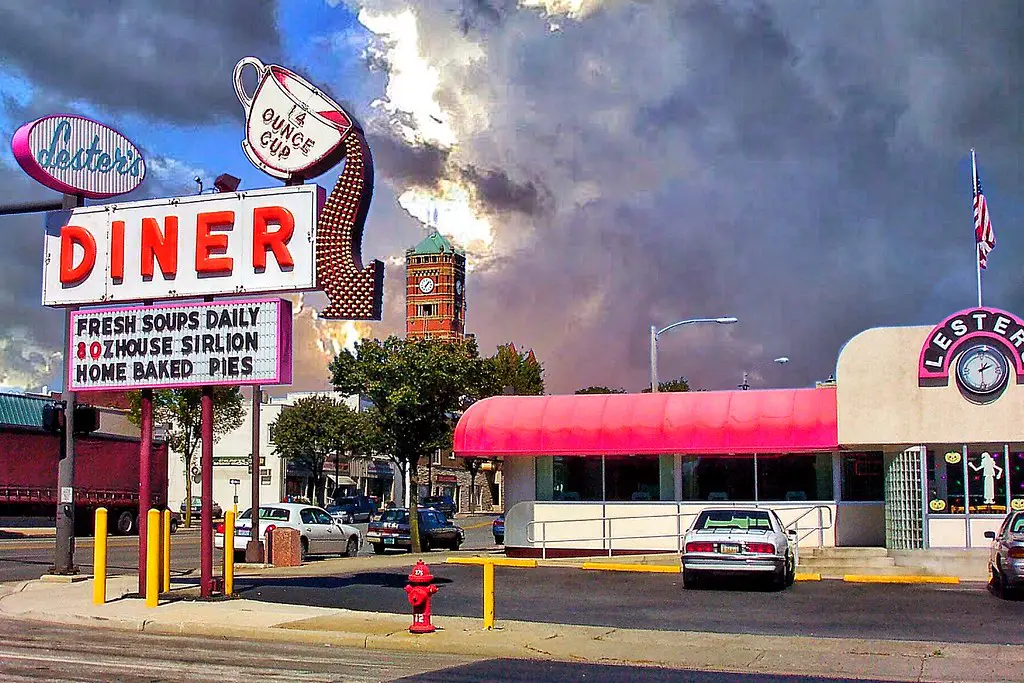
Local diners, with their cozy atmospheres and retro charm, are being replaced by chains and fast-casual eateries that offer a more standardized experience. Eater explains that the closure of these beloved diners is often driven by rising operational costs and shifting consumer preferences. Diners were once the heart of many communities, offering a space for casual meals, quick coffee breaks, and neighborhood bonding. The classic diner aesthetic, with its vinyl booths and jukeboxes, is being edged out by the rise of fast-food chains and trendy restaurants.
With rising food costs and tighter margins, independent diners often struggle to stay afloat in an increasingly competitive market. Many diners, once fixtures in small towns and urban neighborhoods, have either closed or been replaced by chain establishments that lack the unique character of their predecessors. The decline of local diners reflects a larger trend in the restaurant industry, where corporate chains are overshadowing smaller, independent businesses. As a result, the nostalgic experience of dining in a local, family-owned diner is becoming less common.
8. Drive-In Theaters
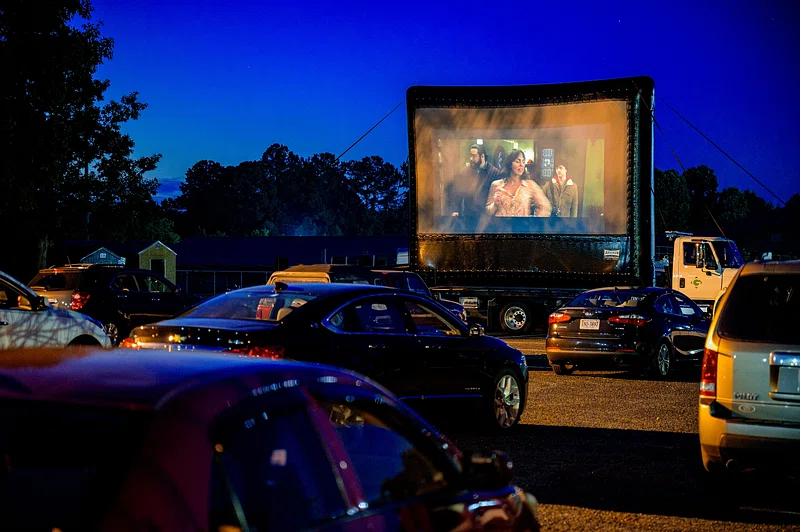
Once a beloved family outing, drive-in theaters are vanishing due to land redevelopment and the rise of streaming services. NPR reports that while many communities are fighting to preserve these nostalgic spots, they are increasingly at risk of disappearing. Drive-ins were iconic gathering places, where families could enjoy movies under the stars while parked in their cars. However, with the growing prevalence of home streaming services and the redevelopment of valuable land, many drive-ins have closed or been sold for other uses.
The shift toward on-demand viewing at home has led to the decline of outdoor movie theaters, as audiences now prefer the comfort and convenience of streaming their favorite films on personal devices. Despite their decline, drive-ins hold a special place in the hearts of many who grew up enjoying this unique movie experience. NPR shares stories of communities fighting to preserve drive-in theaters as landmarks of American nostalgia and cultural heritage. As new developments replace these old theaters, the classic American drive-in becomes a symbol of an era passed.
9. Public Payphones
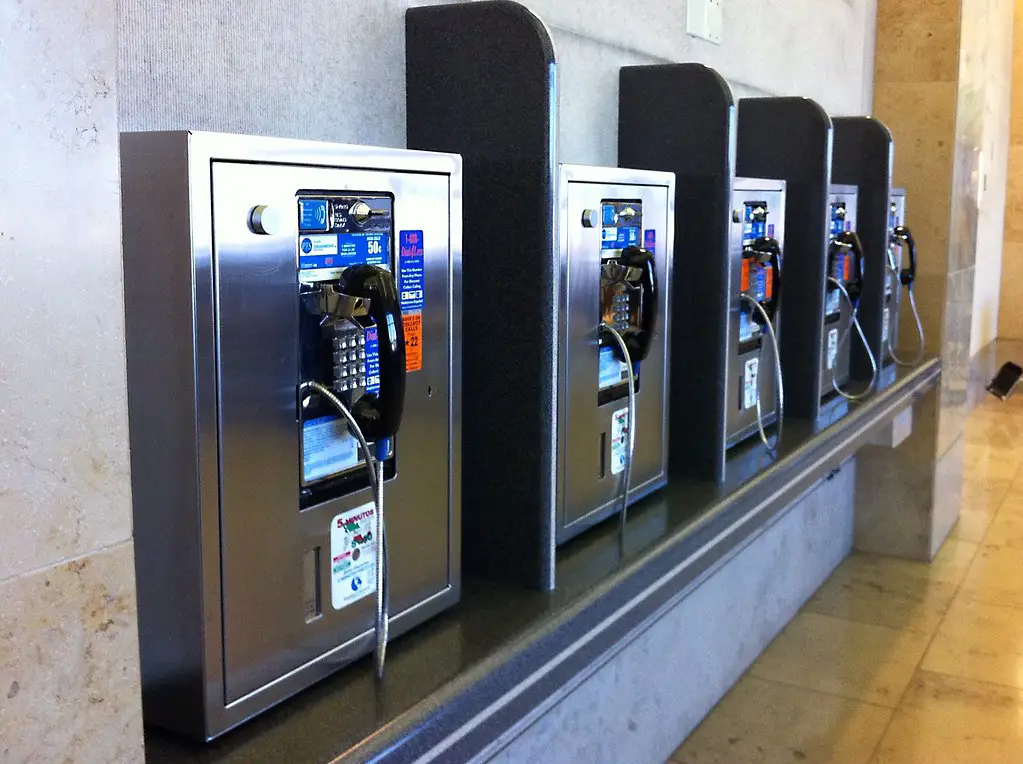
The end of public payphones marks a significant shift in how we communicate and navigate urban spaces. BBC News points out that these once-ubiquitous fixtures have almost disappeared, replaced by the rise of mobile phones and digital communication methods. Payphones, once a lifeline for those without cell phones, were often found on street corners, in train stations, and in public spaces, offering access to communication at any time. However, with the advent of mobile phones, the need for payphones has dramatically diminished, and many have been removed or repurposed.
These changes signal a broader transition away from shared public utilities toward more personal, mobile-centric systems. As payphones become relics of the past, they mark the end of an era in public communication. The loss of these public services may seem minor, but it represents a fundamental shift in how people interact with technology and each other in public spaces. Payphones served not just as a means of communication, but also as symbols of social interaction and community.
10. Eclectic Mailboxes
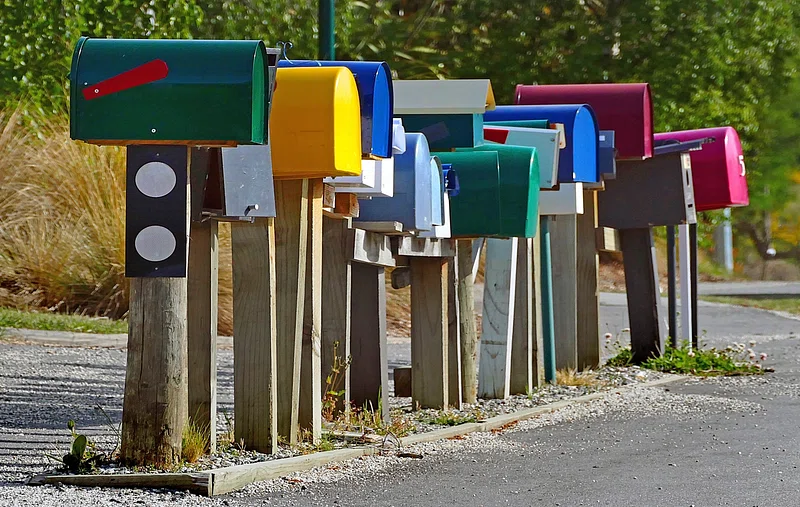
Creative, personalized mailboxes are being replaced by standardized cluster boxes, particularly in new residential developments. USPS cites efficiency, security, and theft prevention as reasons for the shift, though the change diminishes neighborhood individuality. Eclectic mailboxes, once an opportunity for homeowners to showcase their personality, have been a staple in older neighborhoods, with designs ranging from whimsical to artistic. However, new developments are increasingly incorporating cluster boxes, which offer centralized delivery and are more secure.
These uniform boxes may meet modern practical needs, but they lack the charm and individuality that made eclectic mailboxes a signature feature of many homes. For many, the loss of these personalized mailboxes is a symbol of the shift toward standardization in suburban development. As more communities embrace uniformity, the once-vibrant displays of creativity in mailbox design are becoming rare. The trend toward standard cluster boxes reflects a broader societal shift toward efficiency at the expense of individuality.
11. Local Libraries

Local libraries, long a cornerstone of community learning and gathering, are struggling with budget cuts and the rise of digital alternatives. American Library Association advocates for the preservation of these essential resources, which continue to serve as important hubs for education and public programs. Libraries have historically been places of knowledge, offering everything from books and newspapers to workshops and social events. However, with the increasing availability of digital resources and the decline in government funding, many small-town libraries are closing or scaling back their operations.
The rise of digital platforms has made it easier for people to access books and information without visiting a physical library, further contributing to the decline of these community institutions. Despite these challenges, libraries remain vital resources for people of all ages, offering access to books, internet services, and community programming. Advocates argue that libraries are crucial for fostering literacy and bridging the digital divide, and that their loss would signify a deep cultural shift toward a more isolated and disconnected society.
12. Community Gardens
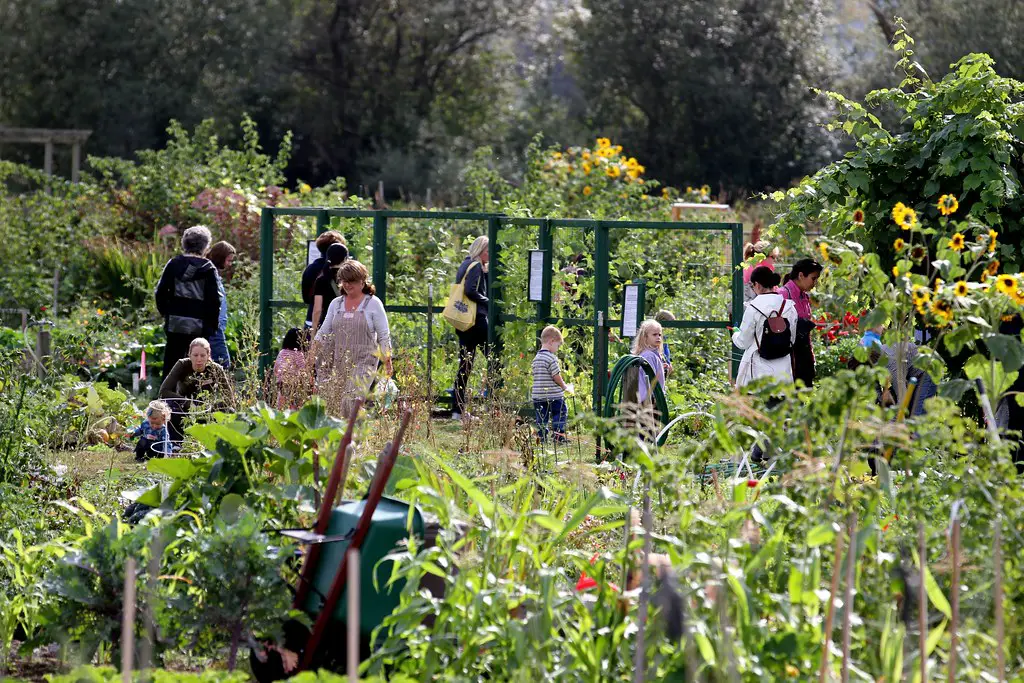
Once a symbol of local cooperation and sustainability, community gardens are disappearing as urbanization, gentrification, and development pressures take hold. The Guardian highlights that these gardens, which once provided neighborhoods with fresh produce, green spaces, and a sense of community, are increasingly being replaced by high-rise buildings, parking lots, and other urban developments. Community gardens were places where neighbors could come together, grow food, and build stronger bonds within their neighborhoods. They not only offered a space for horticultural enthusiasts but also served as a means to promote food security and environmental awareness. However, as cities expand and land becomes more valuable, many community gardens are being sold or redeveloped.
Gentrification, in particular, is accelerating this loss, as wealthier residents move into previously underserved areas, pushing out lower-income communities and displacing vital green spaces. The Guardian notes that while new urban developments often prioritize infrastructure and housing, the importance of preserving these community spaces is increasingly being overlooked. The disappearance of community gardens represents a larger societal shift toward privatization and commercialization, diminishing the communal spirit that these gardens once represented.
13. Historic Post Offices
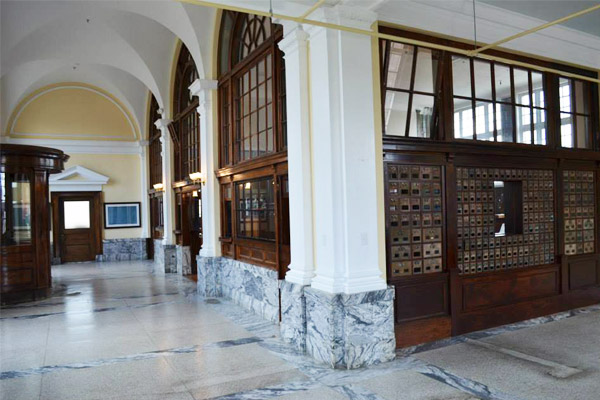
Historic post offices, once symbols of civic pride and community connection, are rapidly disappearing as digital communication and online services reduce the need for traditional mail. National Trust for Historic Preservation notes that many of these iconic buildings, often designed with unique architecture and historical significance, are being closed or repurposed as fewer people rely on physical mail. Post offices have long been central hubs for local communication, offering not only mail services but also a sense of community interaction. For generations, these buildings were more than just places to send letters—they were landmarks, often featuring grand facades, impressive architecture, and historic significance. However, with the rise of email, online shopping, and digital payment systems, the volume of traditional mail has significantly decreased, leading to the closure of many smaller post offices, especially in rural areas.
As these historic buildings close or are sold, communities lose more than just a convenient service—they lose a piece of their history. National Trust for Historic Preservation argues that preserving these buildings is essential not only for historical purposes but also for maintaining the identity of many towns and cities. The closure of these post offices marks a loss of a once-cherished public service and an architectural treasure, leaving a gap in the fabric of many communities.
